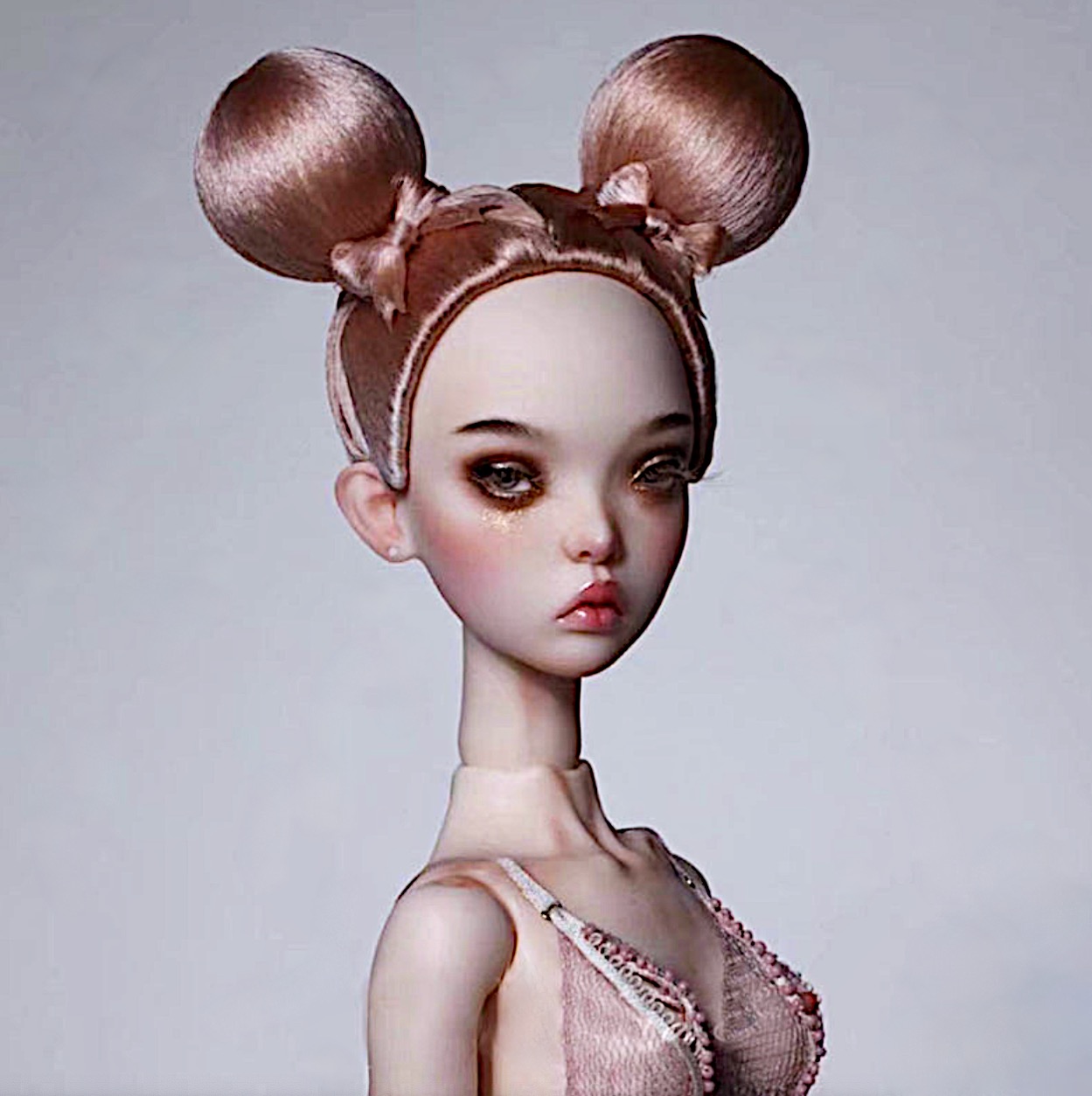

Title: Sexy Articulated Puppet Doll Mannequin Art Adult Toy Model
Shipping: $29.00
Artist: N/A
Period: Contemporary
History: Art
Origin: North America > United States
Condition: Very Good
Item Date: N/A
Item ID: 425
🔥 Consignment 🔍 We need to check the availability 🌈 Beautifully sculpted custom High-Quality sexy articulated puppet doll, mannequin, and Art adult Toy Model. Very collectible. Each doll is custom-made. Similar to the photographs we are providing. [Note] Regarding makeup: We provide similar facial makeup with pictures, excluding identical ones. Please refer to the actual art doll. The actual color or details of the doll in the photo may vary slightly each one has its own original personality. Thanks for your understanding. Mannequins are not necessarily considered art in the traditional sense, but they can be used as artistic mediums or as elements in art installations. Some artists have used mannequins as sculptural elements in their work, either by modifying or decorating the mannequins themselves or by creating installations that incorporate mannequins in some way. For example, some artists have used mannequins to create tableaux or dioramas that explore themes such as consumerism, gender roles, or social conformity. Other artists have used mannequins as a starting point for more abstract sculptural work, using the human form as a jumping-off point for exploring ideas about the body and identity. Mannequins can also be used in a more traditional art context, such as in painting or drawing as subjects for artworks. In these cases, the mannequin may be used as a reference for the human form, or it may be portrayed in a more stylized or symbolic way. Overall, the use of mannequins in art is a matter of personal artistic choice and interpretation. Some artists may view mannequins as an interesting and versatile medium for exploring ideas, while others may see them as simply a tool for displaying clothing or other products. Mannequins are made for the purpose of displaying clothing and other products in store windows and retail environments, and they are not intended to be sexualized or objectified. Artists today are pushing the norms when making new generations of dolls. It is possible for dolls to be portrayed in a sexualized manner as works of art. However, it is important to consider the potential impacts and consequences of creating and displaying sexualized dolls. In general, the sexualization of dolls and other inanimate objects can contribute to harmful societal attitudes and behaviors that objectify and disrespect people, particularly women. It is important to consider whether the creation and display of sexualized dolls reinforces harmful cultural norms and values, and to be mindful of the potential effects on viewers. Art has the power to shape and reflect cultural values and attitudes, and it is important for artists to consider the social and ethical implications of their work.
Dolls and mannequins are made for a variety of purposes, including as toys for children, as collectibles, and as display pieces for retail environments. It is important to consider whether the creation and display of sexualized dolls and mannequins reinforces harmful cultural norms and values, and to be mindful of the potential effects on viewers. There are many factors that can contribute to the existence of sexual taboos and to the difficulty some people may have in discussing or addressing sexual topics. Some possible reasons include: Social and cultural norms: Different societies and cultural groups may have different attitudes and values regarding sexual behavior and expression. Some cultures may place more emphasis on preserving traditional values or maintaining modesty, while others may be more open and accepting of diverse sexual practices. Personal beliefs and values: Individual beliefs and values can also shape attitudes towards sexual topics. People may have strong moral or religious beliefs that influence their views on sexuality, or they may have personal convictions about what is acceptable or inappropriate in terms of sexual behavior. Stigma and shame: In some cases, sexual taboos may be reinforced by feelings of stigma or shame associated with certain sexual practices or orientations. This can make it difficult for people to talk openly about these topics or to seek out information or support related to sexuality. Lack of education: Limited access to comprehensive sex education or accurate information about sexuality can also contribute to discomfort or difficulty in discussing sexual topics. This can lead to misunderstandings or misinformation, which can in turn reinforce taboos or stereotypes. It is important for individuals and society as a whole to create a safe and inclusive environment for discussing sexual topics, and to work towards reducing stigma and shame surrounding sexuality. This can help to create a more healthy and positive culture around sexuality.